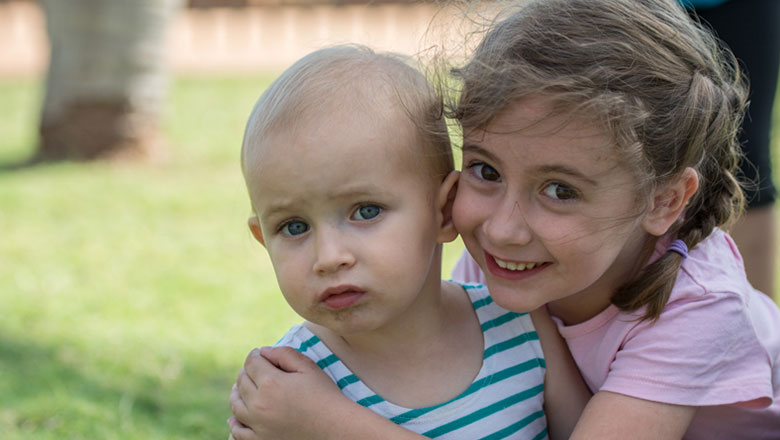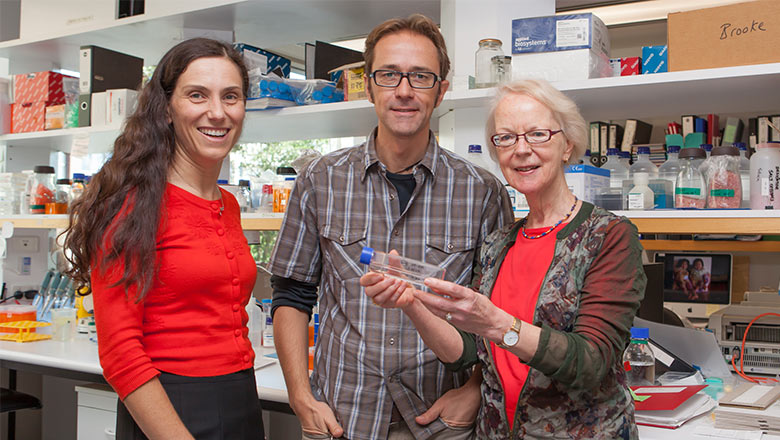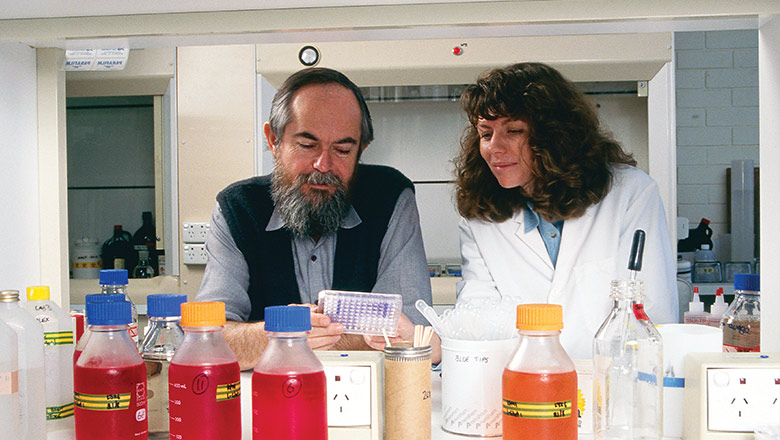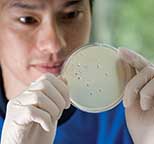Search

News & Events
NHMRC funding awarded to support child health researchThe Kids Research Institute Australia researchers have been awarded more than $10 million in research funding from the National Health and Medical Research Council (NHMRC).

News & Events
Community Conversation- Infectious Diseases in ChildrenConsumers and community members are invited to join us to provide input into our childhood infectious diseases research.

News & Events
Kids nutrition seminarJoin us at our free public seminar with dietitian and nutritionist Dr Roslyn Giglia will share the latest information on Australian kids' diets.

News & Events
2014 Annual Report now availableThe Kids Research Institute Australia's 2014 Annual Report is now available.

News & Events
A cell change that drives leukaemiaIt is now known that the HOX11 gene is permanently activated in the leukaemia cells and it drives the disease.

News & Events
Switch on the immune system earlyFindings by Professor Pat Holt revealed researchers had been heading down the wrong path in their battle strategy against respiratory allergy and asthma.

News & Events
Top 10 Tips for kids nutrition and physical activityThe Kids Research Institute Australia dietitian and nutritionist Dr Roslyn Giglia shares her top 10 tips for kids nutrition and physical activity.

News & Events
Vaccination timing essentialWe all know how important it is to vaccinate a child against harmful diseases but vaccinating a child at the right wrong age can cost lives.

News & Events
West Australian Empowering Innovation seriesThe Kids Research Institute Australia is proud to feature our commercial spin-off company, Phylogica, in the West Australian's Empowering Innovation series.
News & Events
The Kids pays tribute to Telethon pioneerThe Board and staff of The Kids Research Institute Australia are mourning the passing of former Institute Board member and supporter Sir James Cruthers.
